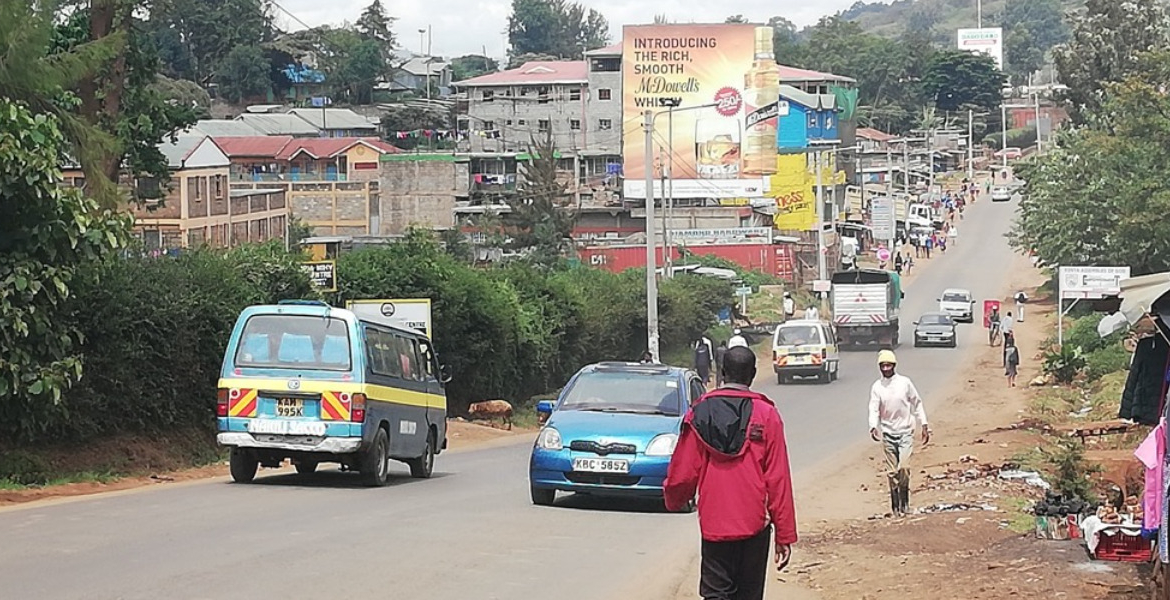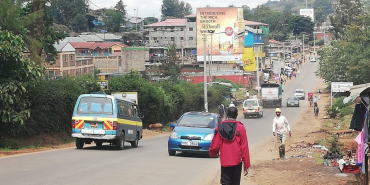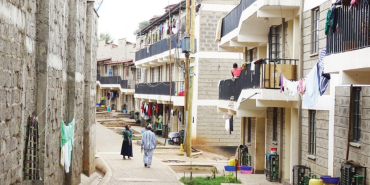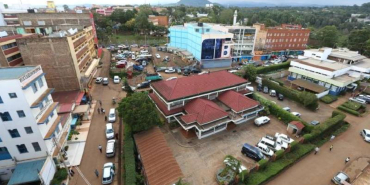Dagoretti and Kangemi Landowners Reject 60-Metre Riparian Zone Expansion

Landowners along the Nairobi River have formally objected to the county government’s plan to widen the riparian corridor, arguing that the proposed 60-metre buffer zone threatens to encroach on private property and displace residents.
The dispute arises from a public notice issued on 6 March 2025, in which the Nairobi County Government announced its intention to designate the Nairobi River Corridor, from Naivasha Road to Ruai, as a special planning area. The proposal includes expanding the existing 30-metre riparian reserve by an additional 30 metres for development control, citing environmental restoration and urban regeneration as key goals.
Residents from areas including Dagoretti and Kangemi have criticised the move, stating that it puts homes and businesses at risk despite previous investments made with county approval. Appearing before the Nairobi County Assembly’s Urban Planning Committee on 1 October, petitioners claimed that the plan lacked legal backing and community consultation. Among the petitioners was Major (Rtd.) Patrick Ng’obe, who expressed support for river rehabilitation but condemned the current approach.
“This project, good as it is, can be done in a win-win situation,” he said. “But it must not be carried out against the people.”
Ng’obe questioned the legal justification for the 60-metre boundary, noting that current legislation recognises only a six-metre buffer, while a presidential directive extends it to 30 metres. “Where do you get sixty metres to come and put beacons on my land?” he asked, warning that legal action could follow.
Landowners also raised concerns about the presence of Kenya Defence Forces personnel on the ground, claiming that officers were marking boundaries and placing beacons on private land without formal notice. This activity, they said, contradicted county assurances that no enforcement had begun.
Accusations of selective enforcement were also raised. Residents claimed that the placement of beacons has mainly affected low-income areas such as Kangemi, Kawangware, and Riruta, while wealthier neighbourhoods like Lavington and Kilimani have not been affected. This, they argued, amounts to discriminatory implementation of the project.
Some residents linked the corridor expansion to the county’s affordable housing agenda, suggesting that regeneration efforts were being used as a pretext for evictions.
“You approved buildings in Kangemi, now you want to demolish them in the name of affordable housing?” one resident asked.
Others argued that communities can develop their own housing solutions and do not need state-led interventions under the banner of environmental clean-up.
Citing the example of the late Environment Minister John Michuki, residents called for a more transparent and inclusive process, noting that previous river restoration efforts were achieved without forced evictions.
Nancy Wanjiku Thuo warned that ignoring community voices could lead to unrest.
During the committee hearing, county officials, including Urban Planning CEC Patrick Mbogo and Chief Officer Patrick Analo, were unable to confirm the current status of the project.
Mbogo said the county had not approved any implementation plan and explained that the initiative falls under the Nairobi River Regeneration Commission, which operates with oversight from the Water Resources Management Authority and the National Environment Management Authority.
Urban Planning Committee Chairperson Anthony Karanja Kiragu criticised the county's unclear position, pointing out that physical works, including beaconing and sidewalk construction, had already commenced. He urged officials to respect the law, protect landowners’ rights and ensure all actions were grounded in legal authority.








Add new comment